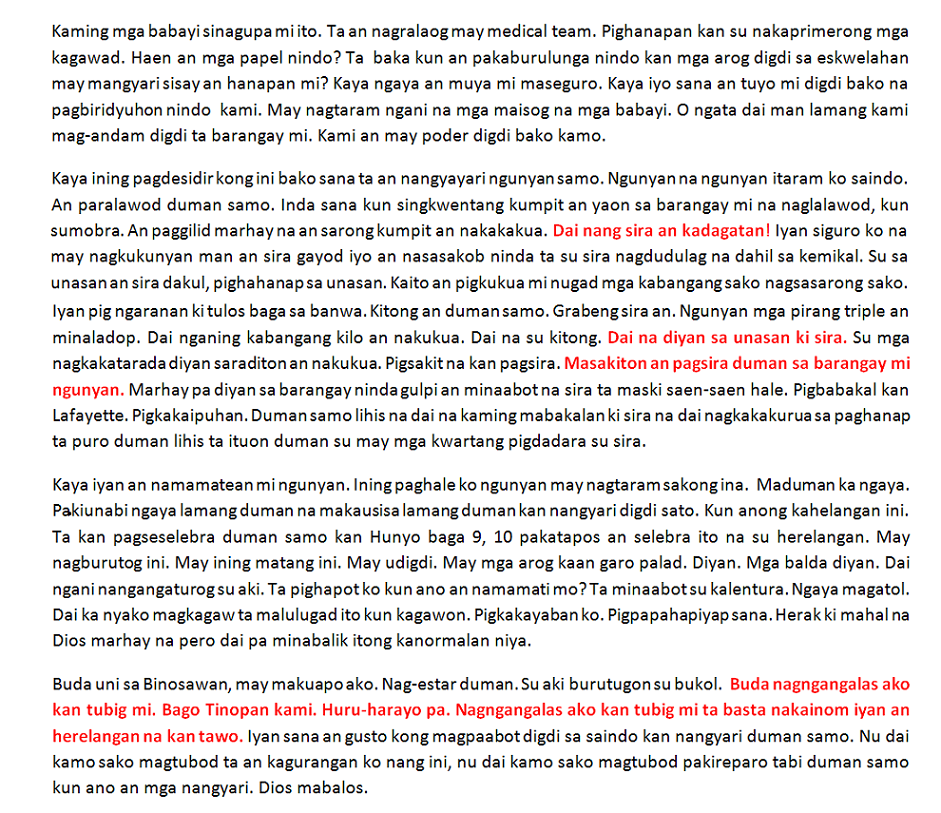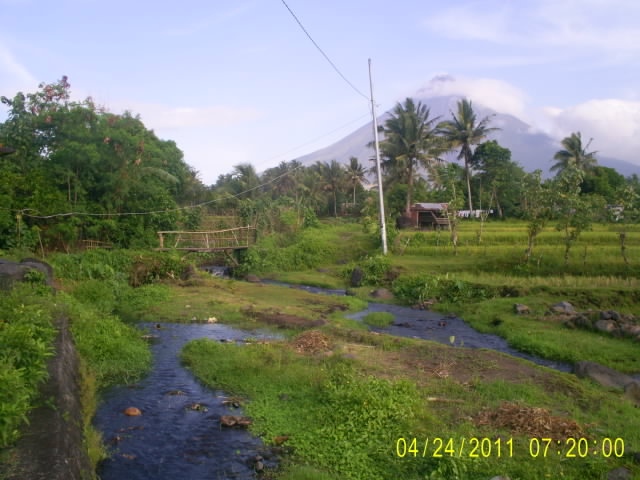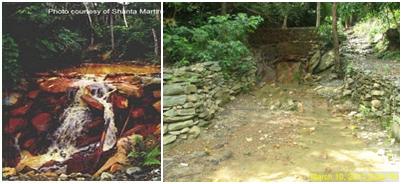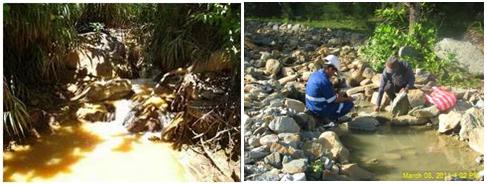If environmental protection were indeed that primordial for the mining industry, the DENR should not have given Lafayette an ECC to operate in a fragile small island ecosystem like Rapu-Rapu in the first place. The DENR should not have permitted Lafayette to operate again after the 2005 fish kills, and after failing (by most scientific standards, but not apparently by the standards of a DENR-procured Lafayette consultant) the 2006 test run, which saw bodies of water near the mine site with chart-busting presence of heavy metals. The DENR should have conducted a more thorough and transparent investigation of the October 2007 fish kill.
No, environmental protection is not of primordial importance in the revitalization of Philippine mining. Money is. And not the kind of money that goes into just taxation, for what we have right now is ridiculously measly to be relied upon to spur real economic growth.
Once again folks, more double talk from Sec. Atienza and the present dispensation.
Found at: http://denr.gov.ph/article/articleprint/4768/-1/254/
Publishing date: Friday, Apr. 11, 2008 (3:33 PM)
Environmental protection is of primordial importance in Philippine mining revitalization program, says Atienza.
Environment and Natural Resources Secretary Lito Atienza said that government’s efforts to attract mining investment in the country is assiduously matched with the enhancement of environmental safeguards.
“Protection of the environment remains a primordial importance to us. Development must be achieved by practicing measures that ensure proper protection of our natural wealth,” Atienza told global mining investors and ranking state mining officials from different countries that attended the Asia Mining Congress in Singapore .
Atienza led the Philippine delegation in the international mining conference which was attended by mining environmental leaders in the region and top global mining investors.
The DENR chief said the country’s mining industry is optimistic that the sector will continue to grow, both in terms of investment and production, in the next three years.
“The bulk of the projected investments,” Atienza said, “are expected to come in between 2008 and 2010 when the bigger, world class mining investors progress to the construction and development stages.”
DENR records show that from 2004 to 2007, 40 mining processing and exploration projects, together with 23 other exploration projects, have invested a total of US$1.4 billion. These projects, according to Atienza, have potential additional investments of US$9 billion up to 2011, for a total of US$10.4 billion.
Atienza also disclosed that beginning this year, a dramatic increase in the volume of mineral production was also achieved in all sub-sectors: gold, nickel, copper, chromite, cobalt, zinc, ferronickel and calcined nickel.
Earlier, Atienza said he has been encouraging mining companies operating in the country to improve their community engagement and development programs, stressing that such are proven key factors in the sustainable operation of the most successful mining projects around the world.
“Mining companies must consult and engage their host communities in charting the social development program they have for them. As the mining project advances, so must the people within and around it. This is the intention of the social provision of the Philippine Mining Act,” he said.
In a television interview with Bloomberg in Singapore , Atienza said that the government is already addressing the security challenges being faced by some mining projects, even as he said that these are only isolated cases.
“President Arroyo no less created the Investment Defense Force (IDF), a specialized group tasked to deal with security matters of mining projects and other infrastructure projects of the government.”
Atienza also cited the existence of a very active Mineral Development Council (MDC) as a testimony of the Arroyo administration to address the various issues and concerns facing mining investors and the industry in general.
































































































































No comments:
Post a Comment